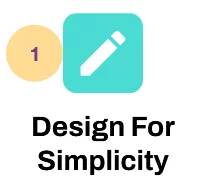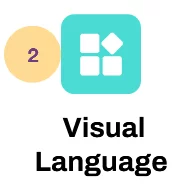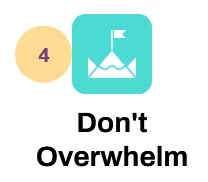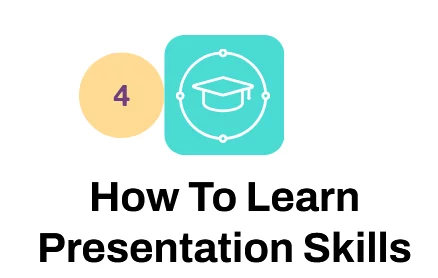
Visuals That Stick: How To Design Slides
Contents
IfA great presentation doesn’t just live in your words, it lives in the visuals too.
Slides that are clear, compelling, and intentional help your message land, and more importantly, stick.
From years of presenting and coaching, I’ve learned that less is more.
Slides aren’t your script – they’re your spotlight.
Here’s how to design slides that make people listen, remember, and act.
1. Design For Simplicity
Why It Matters: Cluttered slides confuse. Clean slides clarify.
Minimalism isn’t a trend: it’s a tool.
How To Simplify:
- One idea per slide.
- Keep text minimal, aim for 6 words or fewer per line.
- Use whitespace to draw attention to key elements.
Pro Tip: If you feel the urge to explain the slide aloud, that’s a sign the slide is doing its job.
2. Use Consistent Visual Language
Why It Matters: Visual cohesion builds professionalism and trust.
Keep It Consistent:
- Use one or two fonts throughout.
- Stick to a simple colour palette.
- Align text and visuals precisely, consistency reduces cognitive load.
Design Insight: Templates aren’t lazy, they’re smart. A well-chosen template frees you to focus on content.
3. Let Images Speak
Why It Matters: A single powerful image can say more than a block of text.
Image Strategy:
- Choose high-quality visuals that reinforce your point.
- Avoid generic stock photos, use images with emotion or context.
- Use diagrams or icons to simplify complex information.
Field Example: I once replaced three bullet points with a single photo. Engagement and recall shot up immediately.
Having an image of a location you mention in a story in your speech is a great way to hook your audience.
4. Highlight, Don’t Overwhelm With Data
Why It Matters: Data is persuasive only when it’s digestible.
Designing Data:
- Focus on the key number or insight.
- Use charts with minimal labels.
- Emphasize comparisons with colour or size.
Rule of Thumb: If it takes more than 5 seconds to understand a chart, simplify it.
5. Animate With Purpose
Why It Matters: Animation should serve the story, not distract from it.
Smart Animation Use:
- Reveal content step-by-step to control focus.
- Use transitions sparingly.
- Avoid gimmicky effects (spinning, bouncing, etc.).
Practical Tip: Practice your timing with animations. Nothing throws off your flow like mistimed reveals.
If you understand your audience, you might know how much they would enjoy transitions.
6. Use Typography With Intent
Why It Matters: Type is voice in visual form. Font choice influences tone.
Typography Tips:
- Use sans-serif fonts for readability.
- Emphasize with size and weight, not ALL CAPS.
- Make sure text contrasts well with the background.
7. Design For The Back Row
Why It Matters: Slides should be legible to everyone, whether they’re in a packed hall or joining online.
What To Check:
- Minimum 24pt font size.
- High contrast between text and background.
- Test your slides on multiple screens.
Pro Insight: I always preview my deck from the back of the room: if I can’t read it, I revise it.
Conclusion
Slides should enhance, not distract. Designing them well is a fundamental of effective presentations.
They should support your voice, not compete with it.
Design with intention and simplicity, and your visuals won’t just support your story, they’ll make it unforgettable.
- Facebook: https://www.facebook.com/profile.php?id=100066814899655
- X (Twitter): https://twitter.com/AcuityTraining
- LinkedIn: https://www.linkedin.com/company/acuity-training/









